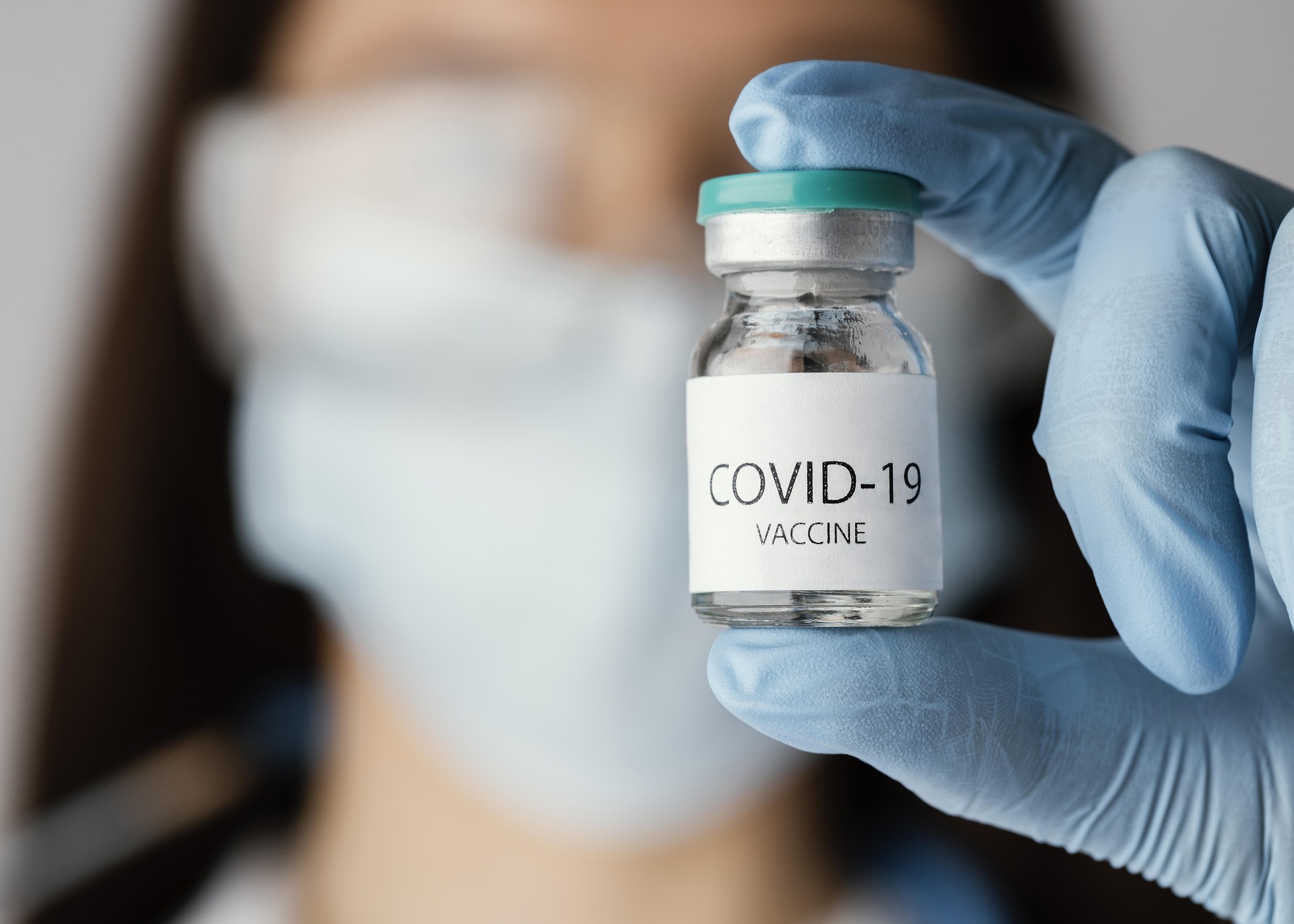The E.U. has approved the first two Corona vaccines adapted to Omicron variants. How do they work? What does this mean for vaccinators? Answers to essential questions.
Two new vaccines against coronavirus will soon be available in Europe, particularly in Austria. An expert European Medicines Agency EMA committee cleared Thursday for two corona vaccines adapted to the Omicron variant last week. The E.U. Commission subsequently approved the same evening, tweeted Stella Kyriakides, the E.U. commissioner for health.
Stella Kyriakides, the E.U. commissioner for health, tweeted on September 2 that the E.U. Commission had approved the new Omicron vaccines the night before.
One of the two vaccines is from Biontech/Pfizer, and another is from the U.S. group Moderna. They are said to provide better protection than the previous Corona vaccines against the omicron subtype BA.4 and BA.5 virus variants currently dominant in our country.
What does the new Omicron vaccine from Biontech/Pfizer consist of?
The new Omicron vaccine from Biontech/Pfizer is an mRNA vaccine like its predecessor. One-half of it consists of the immunization Comirnaty, previously available from the manufacturer, which is tailored to the wild-type coronavirus. The other half of the vaccine is adapted to the omicron subtype BA.1.
The new vaccine is thus a so-called bivalent vaccine. The fact that the new vaccine also consists of 50 percent of the “old” vaccine is necessary, according to immunologist Förster. Studies have shown that otherwise, the protection against the coronavirus alpha and delta variants is too poor.
Why should the new vaccine provide better protection against dominant omicron variants?
Although Biontech/Pfizer’s new vaccine is not a perfect fit for the BA.5 primary type currently prevalent in Austria, experts say it provides better protection against infection with the direct style than previous vaccines.
Drugmaker Biontech/Pfizer states, “Preclinical data had already demonstrated that booster vaccination with what is believed to be the approved vaccine today elicited a “strong neutralizing antibody response” against the BA.1, BA.2, BA.4 and BA.5 subtypes as well as the original wild-type strain.
How was Biontech/Pfizer’s new vaccine tested?
The clinical trial data demonstrating the vaccine’s protective effect on humans came from the so-called Phase 2/3 trial. In this phase of the study, the safety, tolerability, and immunogenicity, i.e., antibody formation and cellular immunity, of the vaccine were investigated in volunteers. Unfortunately, the studies on this have not been published but are available to experts. The company Biontech has issued an announcement in which the number of study participants can be seen.
Yet another new omicron vaccine is under investigation.
There is yet another new vaccine from Biontech/Pfizer that has already received emergency approval from the U.S. Food and Drug Administration (FDA) on August 31. This vaccine is directly adapted to the omicron subtypes BA.4 and BA.5. However, there is little data on this vaccine from human studies. The animal studies conducted on mice were successful. However, since no data from clinical trials are available, it is still unclear when this second vaccine from Biontech/Pfizer will be approved in the E.U.
Numerous pharmaceutical companies have developed vaccines even more tailored to the BA.4 and BA.5 subvariants, including the one from the manufacturer Biontech/Pfizer described above. The company has already applied to the EMA for approval of this vaccine. However, the vaccine cannot be approved for the E.U. until sufficient data from clinical trials are available. In other words, when the vaccine has been sufficiently and successfully tested on humans, the vaccine’s necessary safety is thus guaranteed.
Austrian Health Minister Johannes Rauch advises that vaccination probably makes sense after six months and three months for people with immunodeficiencies.
Those who get vaccinated with the new preparations from Biontech/Pfizer or Moderna do not need to get a further primary immunization. The two vaccines from Biontech/Pfizer and Moderna are only intended as a booster for the time being. For primary vaccination, the previously used vaccines continue to be available.
What does the new vaccine from Moderna promise?
Moderna’s new vaccine is also a so-called bivalent vaccine. According to the U.S. company, the vaccine provides better protection against infection with the Omicron variant of the coronavirus as a booster vaccine than the company’s previous vaccine. However, as with Biontech’s new product, Moderna’s new vaccine provides less protection against the BA.4 and BA.5 subvariants than against BA.1.
- hp with reports from: br.de/apa/picture: pixabay.com
This post has already been read 1405 times!



